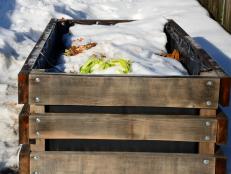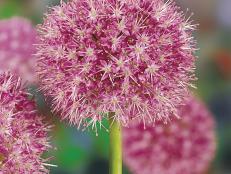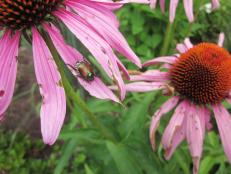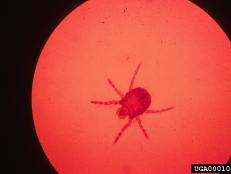1 / 30
Photo: Julie King for PeoniesAndPosies.com
Force Branches for a Flowering Display
Add some natural color to your decor by cutting branches of spring flowering trees and shrubs to bring indoors for forcing. Good candidates include forsythia, flowering quince, redbud, star or tulip magnolia and flowering pear. Create a stunning arrangement by gathering stems of birch, alder or corylus, which form catkins, little dangling batons. Don’t overlook pussywillow stems, which readily root in water and can later be transplanted into your garden.












